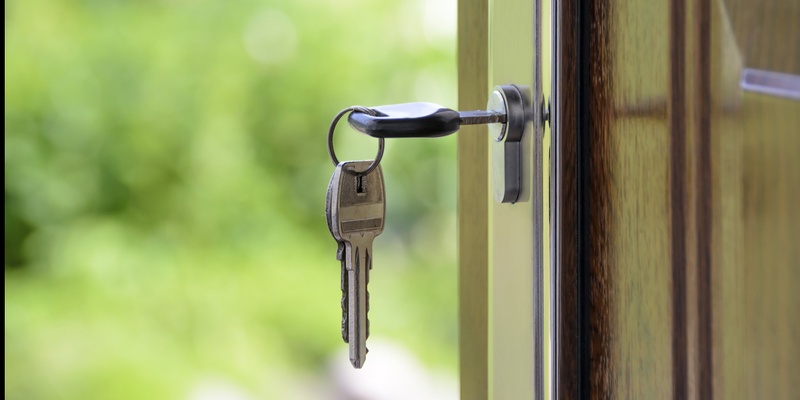The Chancellor Rishi Sunak has confirmed a major stamp duty cut in a bid to boost the housing market, starting immediately and set to run until 31 March 2021.
It means that for the period of the ‘holiday’, nearly nine out of 10 transactions will no longer be subject to stamp duty.
Meanwhile, the average stamp duty bill will fall by £4,500, and in London and the South East, home to more expensive properties, buyers could save up to £14,999 overnight.
Here is a guide to how the stamp duty holiday could impact you.
What is stamp duty?
Buyers must pay stamp duty when buying a home or piece of land worth £125,000 or more in England and Northern Ireland. It is charged on a tiered basis (so you only pay the higher rates on the slice above any threshold – the same as income tax).
The rates are:
- Up to £125,000: 0%
- On the portion from £125,001 to £250,000: 2%
- On the portion from £250,001 to £925,000: 5%
- On the portion from £925,000 to £1.5m: 10%
- Above £1.5m: 12%
There are exemptions available for first-time buyers, who don’t have to pay stamp duty on the first £300,000, so long as the home doesn’t cost more than £500,000.
Meanwhile, people buying additional property for £40,000 or more, such as second homes, pay an extra 3% of stamp duty on top of regular stamp duty rates. The surcharge effectively works as a slab tax. In other words, the 3% loading applies to the entire purchase price of the property.
It is worth noting that stamp duty is different if the property or land is in Scotland or Wales.
So how will the stamp duty holiday work?
The new measure means that buyers will only start to pay stamp duty on property above £500,000.
This will be for people buying their first home, purchasing second properties, or moving up or down the housing ladder.
These are the new holiday rates:
- Up to £500,000: 0%
- On the portion from £500,001 to £925,000: 5%
- On the portion from £925,001 to £1.5m: 10%
- Above £1.5m: 12%
The 3% stamp duty surcharge will apply on top of the new holiday rates, so people buying additional homes will attract a 3% stamp duty bill on the first £500,000 of property which will still represent a considerable saving compared to the previous rates.
The thinking is that by giving potential buyers an effective tax break (by cutting their stamp duty bill) it will encourage them to move home. In practice, the saving will also allow buyers to wield a larger deposit, and better qualify for a mortgage.
The ‘holiday’ aspect means there’s an impetus to act because it’s not a permanent change.
A stamp duty holiday is not only about helping people achieve their goals in terms of housing. It’s also about how important the housing market is to the economy as a whole.
When you move into a new home, you need to organise your finances and utilities.
The act of moving includes other services too. You may want to re-decorate, buy additional furnishings or do something with the garden. All of this supports the retail sector.
This ‘network’ effect on the economy means that the government is keen to encourage housing mobility.
For more information about the stamp duty holiday, how it could work to your advantage and how we can help, contact our property team.

